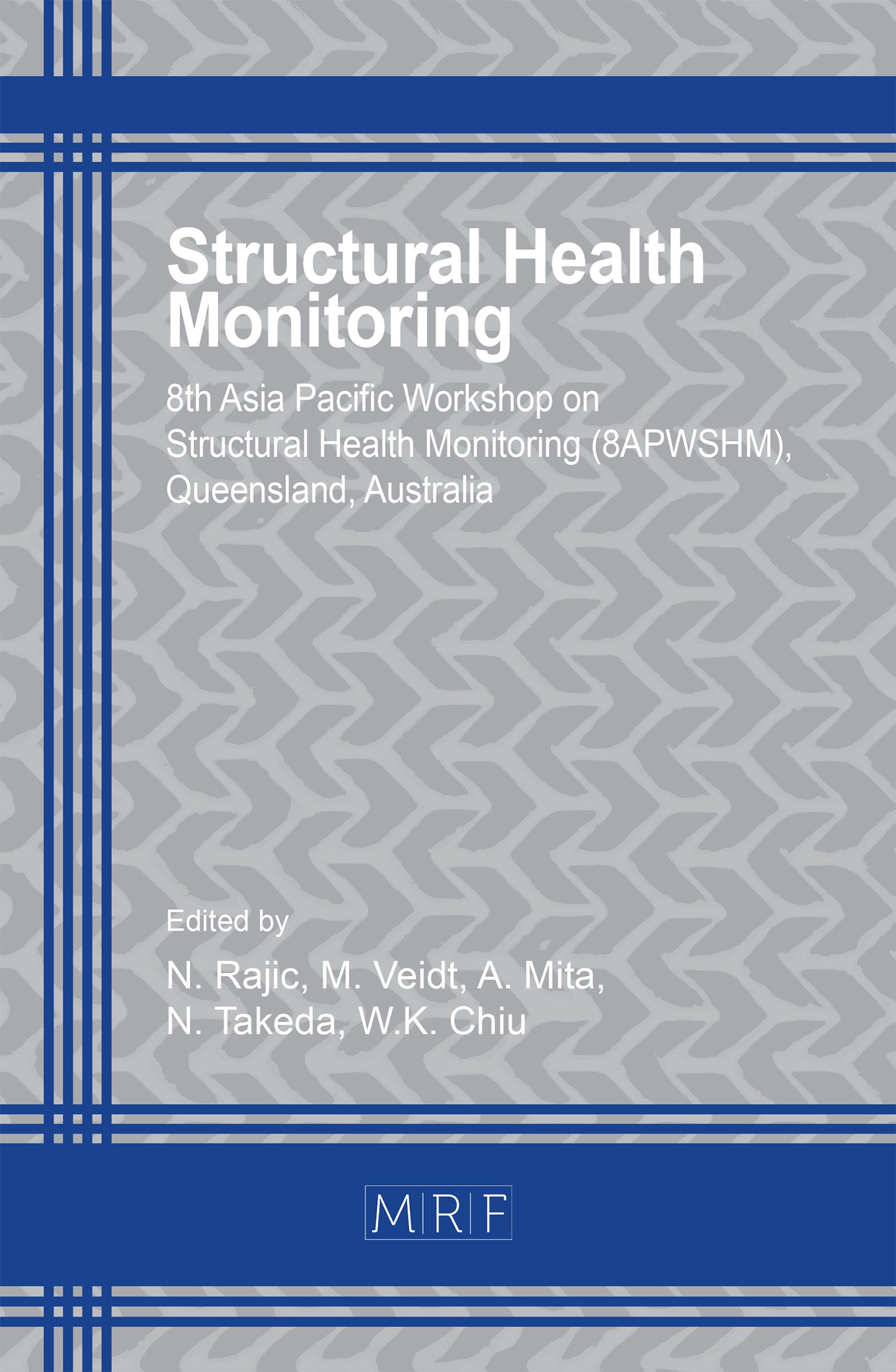Improving the Drive-by Bridge Inspection Performance by Vehicle Parameter Optimization
Yifu Lan
download PDFAbstract. Recently, there has been an increasing emphasis in the Indirect bridge health monitoring method employing passing vehicles, which is regarded as one of the most effective approaches in bridge damage screening. However, few researches have been conducted on the Drive-by bridge inspection method using vehicle displacement profile as damage indicator due to the challenges in displacement measurement and result accuracy. This paper proposes an optimization approach of designing the optimum vehicle parameters to improve the performance of vehicle displacement-based Drive-by bridge damage inspection. A generalized Vehicle-Bridge Interaction (VBI) system is built in MATLAB, where the bridge is modelled as a simply supported beam with 10 elements and the passing vehicle is represented as a simplified quarter car. Employing the Monte Carlo methods, the optimum parameters are determined by numerous simulations processed under diverse damage scenarios. Results show that by employing the optimal vehicle parameters, the bridge damages can be detected effectively and accurately for general damage scenarios based on the vehicle displacement profile. The proposed optimization method can contribute to the wide application of vehicle displacement-based Drive-by bridge damage inspection, providing merits in simplicity and visualization.
Keywords
Drive-by Bridge Inspection, Vehicle Bridge Interaction, Vertical Vehicle Displacement, Vehicle Configuration, Parameter Optimization
Published online 2/20/2021, 8 pages
Copyright © 2021 by the author(s)
Published under license by Materials Research Forum LLC., Millersville PA, USA
Citation: Yifu Lan, Improving the Drive-by Bridge Inspection Performance by Vehicle Parameter Optimization, Materials Research Proceedings, Vol. 18, pp 195-202, 2021
DOI: https://doi.org/10.21741/9781644901311-23
The article was published as article 23 of the book Structural Health Monitoring
![]() Content from this work may be used under the terms of the Creative Commons Attribution 3.0 licence. Any further distribution of this work must maintain attribution to the author(s) and the title of the work, journal citation and DOI.
Content from this work may be used under the terms of the Creative Commons Attribution 3.0 licence. Any further distribution of this work must maintain attribution to the author(s) and the title of the work, journal citation and DOI.
References
[1] Malekjafarian, A., McGetrick, P. & O’Brien, E. 2015, ‘A Review of Indirect Bridge Monitoring Using Passing Vehicles’, Shock and Vibration, vol.2015, pp.1-16. https://doi.org/10.1155/2015/286139
[2] Sohn, H., Farrar, C.R., Hemez, F.M., Shunk, D.D., Stinemates, D.W., Nadler, B.R. & Czarnecki, J.J. 2003, ‘A review of structural health monitoring literature: 1996–2001’, Los Alamos National Laboratory, USA.
[3] Yang, Y., Lin, C. & Yau, J. 2004, ‘Extracting bridge frequencies from the dynamic response of a passing vehicle’, Journal of Sound and Vibration, vol. 272, no. 3-5, pp. 471–493. https://doi.org/10.1016/S0022-460X(03)00378-X
[4] Yang, Y. & Lin, C. 2005, ‘Vehicle-bridge interaction dynamics and potential applications’, Journal of Sound and Vibration, vol. 284, no. 1-2, pp. 205–226. https://doi.org/10.1016/j.jsv.2004.06.032
[5] McGetrick, P.J., Gonzlez, A. & Obrien, E.J. 2009, ‘Theoretical investigation of the use of a moving vehicle to identify bridge dynamic parameters’, Insight – Non-Destructive Testing and Condition Monitoring, vol. 51, no. 8, pp. 433–438. https://doi.org/10.1784/insi.2009.51.8.433
[6] Zhang, Y., Wang, L. & Xiang, Z. 2012, ‘Damage detection by mode shape squares extracted from a passing vehicle’, Journal of Sound and Vibration, vol. 331, no. 2, pp. 291–307. https://doi.org/10.1016/j.jsv.2011.09.004
[7] Yang, Y., Li, Y. & Chang, K. 2014, ‘Constructing the mode shapes of a bridge from a passing vehicle: a theoretical study’, SMART STRUCTURES AND SYSTEMS, vol. 13, no. 5, pp. 797–819. https://doi.org/10.12989/sss.2014.13.5.797
[8] McGetrick, P.J. & Kim, C.W. 2013, ‘A Parametric Study of a Drive by Bridge Inspection System Based on the Morlet Wavelet’, Key Engineering Materials, pp. 569-570 & pp. 262-269. https://doi.org/10.4028/www.scientific.net/KEM.569-570.262
[9] Yin, S.H. & Tang, C.Y. 2011, ‘Identifying Cable Tension Loss and Deck Damage in a Cable-Stayed Bridge Using a Moving Vehicle’, Journal of Vibration and Acoustics, vol. 133, no.2/ 021007. https://doi.org/10.1115/1.4002128































